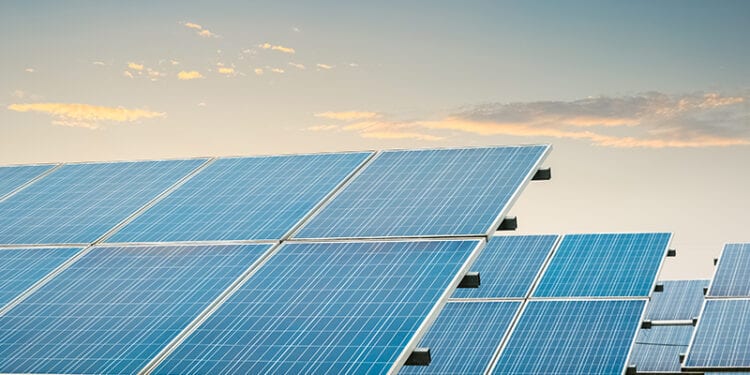A key message to emerge from the Covid-19 pandemic is that we’re now in a unique opportunity to overhaul the global energy system and move more towards a future of renewables.
Covid-19 has had a major impact on energy consumption overall – with flights grounded, social distancing measures in place, the disruption of supply chains, lower industrial activity, and more. At the height of the lockdowns across the world in April, US oil demand was so low that it went into negative territory.
Alongside the drop in oil and natural gas consumption, the International Energy Agency (IEA) has predicted an 8% fall in coal consumption this year, with the most severe decline having taken place in the first half of the year. Data compiled by the U.S. Energy Information Administration (EIA) suggests that renewable energy will dominate America’s new generation in 2020, at 76%. All the while, coal and natural gas will lead in 2020 retirements, with 85% of plant closures nationally. Similar trends can be seen globally, though strong policy frameworks from individual governments are necessary for pushing renewable economies.
We’re in a unique opportunity now to prioritize clean energy as part of national economic recovery plans – to help meet the goals of the Paris Agreement and move towards a clean energy framework. As climate considerations come to the fore for investors and the general public, more and more investors and corporates are removing coal from their portfolios, especially as calls for greater focus on ESG take precedent.
A key factor in growing the renewables industry is the marginal cost to build and runpower stations: Once you’ve built your station, it’s more expensive to run those that require fuel than those that require wind or sunshine and battery storage. New wind and solar farms are becoming cheaper to build and have made clean energy sources competitive with traditional fossil fuels.
The impact on metals demand from the growth of renewables is vast. According to the World Bank, more than 3 billion tonnes of metals and minerals will be required by 2050 to enable the growth of renewable power and energy storage in order to meet the goals of the Paris Agreement.
The World Bank has outlined “high-impact” minerals that are essential for energy storage (in both EV batteries and renewable power grids). These include graphite, lithium, nickel, and cobalt. At the same time, copper and aluminum have been identified as the long-term winners in this field.
The green energy revolution is going to have significant impacts on the metals and mining industry as we move forward. As we continue to shift out of the Covid-19 pandemic, we will hopefully see more benefits to industry, and our society, with a focus on cleaner sources of energy











